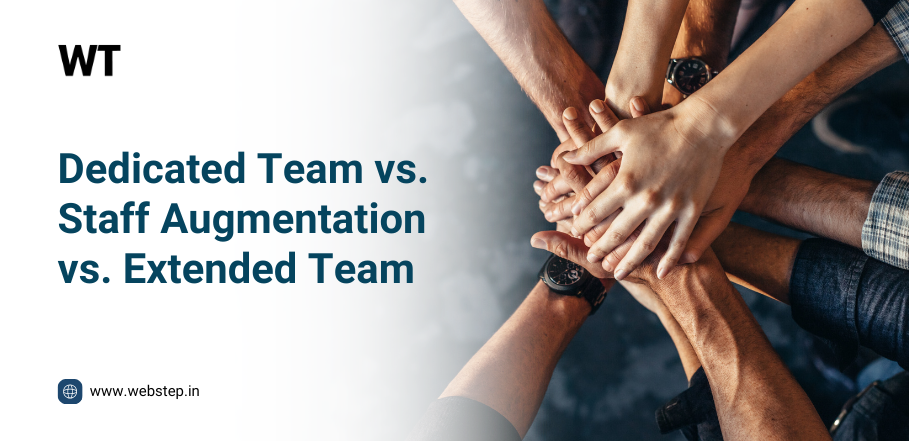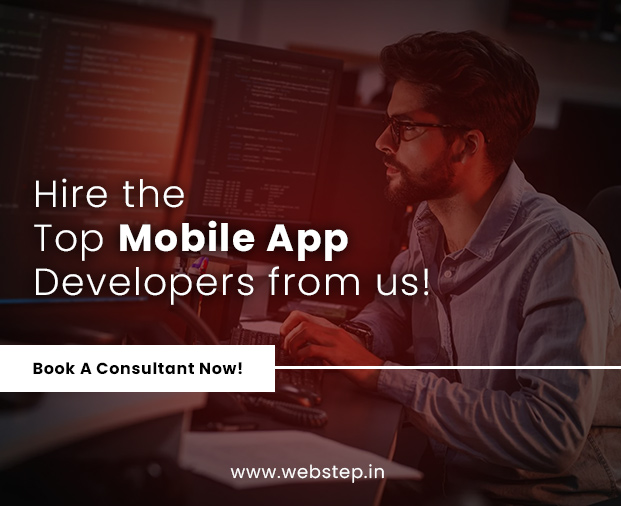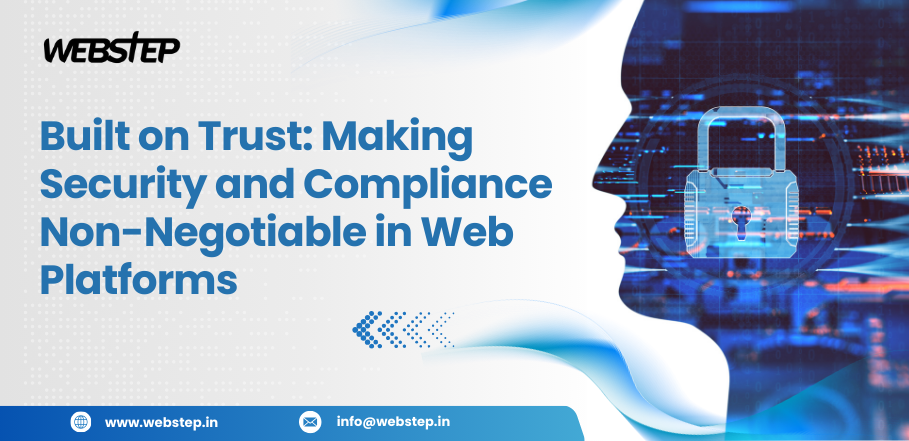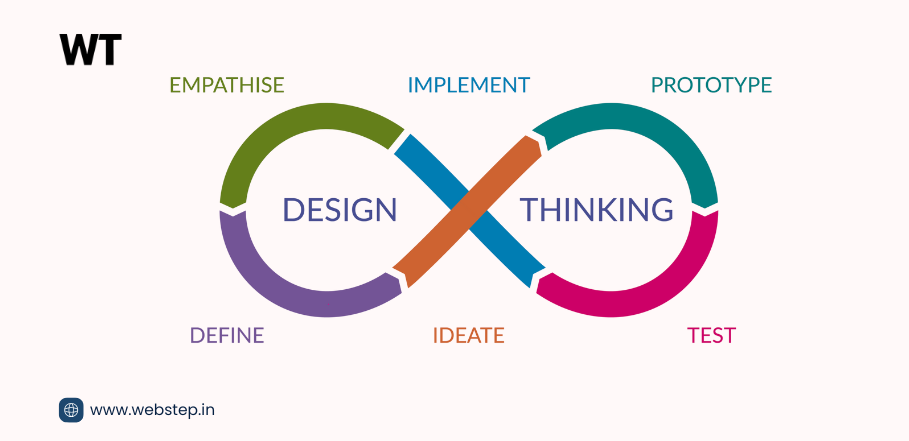
So, how do you determine which model suits your project or business the best? Let’s break it down.
What is a Dedicated Team Model?
In the Dedicated Team model, a service provider assembles a team of specialists that works exclusively on your project. This team functions as an external extension of your internal operations and is fully committed to your goals and priorities.
Key Characteristics:
- Long-term collaboration
- Full-time resources
- Managed by the vendor or co-managed with the client
- High level of control and alignment
Suitable for:
- Long-term projects with evolving requirements
- Start-ups building products from scratch
- Businesses seeking a reliable, scalable development partner
Pros related to Dedicated Team Model:
- High Commitment and Focus: Team members are committed exclusively to your project, which increases focus, productivity, and accountability.
- Domain Knowledge Retention: Long-term involvement allows the team to build deep domain expertise, which benefits ongoing innovation and faster problem-solving.
- Strong Cultural Integration: With time, the dedicated team begins to align with your company’s culture, values, and workflows, improving collaboration.
- Scalable and Predictable Costs: Typically structured with monthly billing, making budgeting easier for long-term planning.
- Continuity and Stability: Minimal churn and consistent team structure ensures steady progress and reduces on-boarding time for new tasks.
Cons related to Dedicated Team Model:
- Slower Ramp-Up Time: Assembling and on-boarding a dedicated team takes time, especially for specialized roles.
- Requires Long-Term Commitment: Not ideal for short-term projects or one-off tasks where ongoing collaboration isn’t needed.
- Underutilization Risk: If project demands dip temporarily, you may be paying for idle resources.
- Management Complexity: While the team may be co-managed, you still need to stay involved in project governance and communication.
What is Staff Augmentation?
Staff Augmentation involves hiring external experts on a temporary basis to fill specific skill gaps within your in-house team. It’s a flexible solution where you can scale up or down quickly based on project demands.
Key Characteristics:
- Short to mid-term engagement
- Resources integrated into your in-house team
- Client retains full control over management
Suitable for:
- Filling temporary skill gaps
- Managing workload spikes
- Short-term or urgent projects
Pros related to Staff Augmentation:
- Fast Access to Talent: Quickly fill gaps in your internal team with skilled professionals.
- Cost-Efficient for Short-Term Needs: No long-term contracts, HR, or infrastructure costs — you pay only for what you use.
- Flexible and Scalable: Easily scale up or down depending on project requirements without affecting core operations.
- Total Control: Augmented staff works directly under your supervision, ensuring project alignment and transparency.
- No Training Overhead: Usually, augmented professionals are experienced and can integrate quickly.
Cons related to Staff Augmentation:
- Lack of Ownership: Temporary staff may not feel the same sense of ownership or responsibility as full-time team members.
- Knowledge Retention Issues: Once the project ends or the contract is over, their knowledge often leaves with them.
- Cultural Misalignment: Short-term contractors may not fully blend with your team’s culture or values.
- Management Burden: Since you manage the augmented staff, it can add strain on your internal leads and project managers.
- Security and Compliance Concerns: External personnel handling sensitive data might raise risks if not properly on-boarded with clear access control.
What is an Extended Team Model?
An Extended Team is somewhat of a hybrid between a Dedicated Team and Staff Augmentation. While team members work remotely and are part of your long-term projects, they remain employed by the service provider. You manage them directly, just as you would your in-house team.
Key Characteristics:
- Long-term engagement
- Client-managed team
- Seamless integration with internal teams
Suitable for:
- Businesses wanting to expand their team without the HR hassle
- Product companies needing to accelerate development
- Organizations operating in regions with talent shortages
Pros related to Extended Team Model:
- Long-Term Cost Efficiency: Lower operational costs than hiring full-time, in-house employees, especially in high-cost regions.
- Scalable and Sustainable: Easily expand your team with skilled professionals who are available for the long haul.
- Direct Control + Flexibility: You manage the team as if they’re part of your company, giving you full visibility and direction over deliverables.
- Focus on Core Business: The provider handles HR, payroll, and administrative tasks, freeing you to focus on core goals.
- Team Loyalty and Stability: Although remote, extended team members often develop long-term working relationships and product ownership.
- Access to Global Talent Pool: Tap into highly specialized expertise from different regions, often at a more affordable rate.
Cons related to Extended Team Model:
- Remote Collaboration Challenges: Time zone differences and communication lags can create friction if not well-managed.
- Requires Strong Internal Processes: You need effective workflows, collaboration tools, and on-boarding procedures to make it work seamlessly.
- Dependency on Vendor Infrastructure: The quality of talent and tools depends on the provider’s recruitment and management standards.
- Initial On-boarding Investment: Like any team, initial setup and alignment take time and effort before hitting optimal velocity.
- Limited Physical Presence: Lack of face-to-face interaction may impact relationship-building or creative brainstorming sessions.
So, Which One Should You Choose?
Your choice depends largely on your business goals, project scope, timeline, and internal capabilities:
- Choose a Dedicated Team if you’re looking for a long-term, cohesive development partner.
- Opt for Staff Augmentation when you need fast access to specific skills for a limited period.
- Go for an Extended Team if you want to build a scalable, remote development arm that operates under your direction.
Final Thoughts!!
Each model offers a unique approach to team building and project execution. Understanding their differences can help you make smarter decisions and maximize both performance and ROI. Evaluate your internal strengths, project complexity, and long-term vision—then align with a model that brings out the best in your product and people.
Need help choosing the right engagement model for your next project? Our team at WEBSTEP Technologies Private Limited is here to guide you through every step of the way.
























